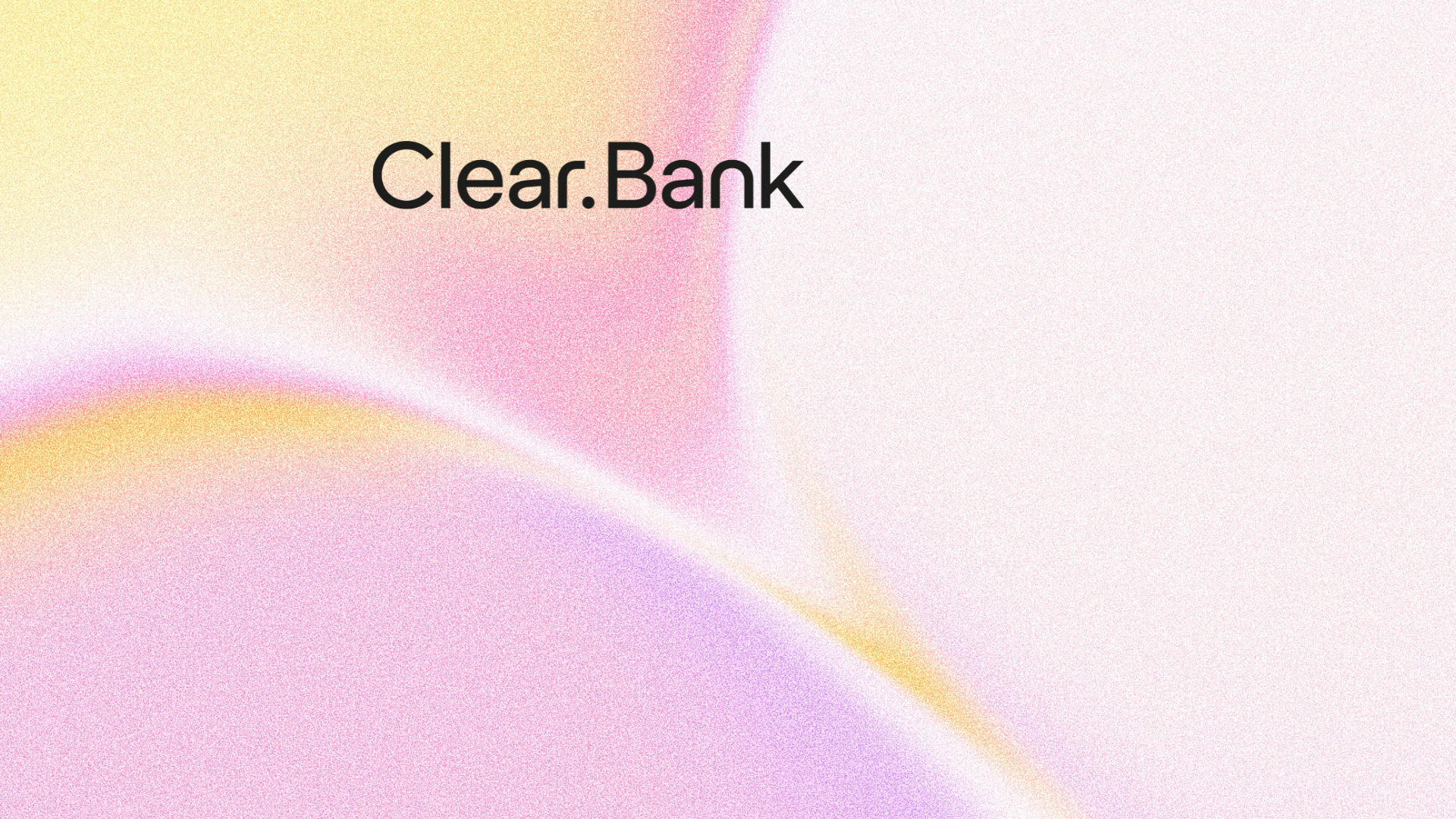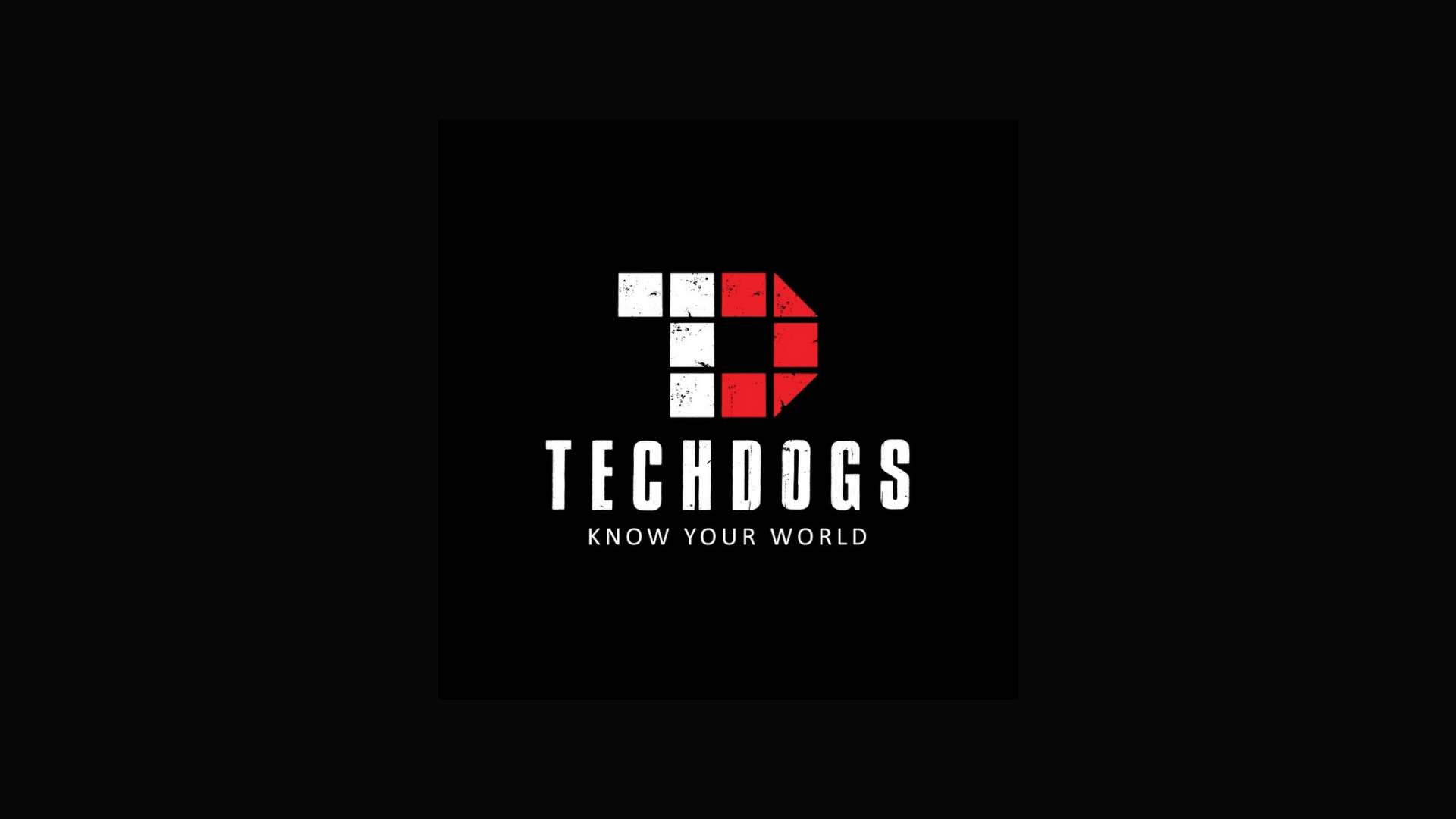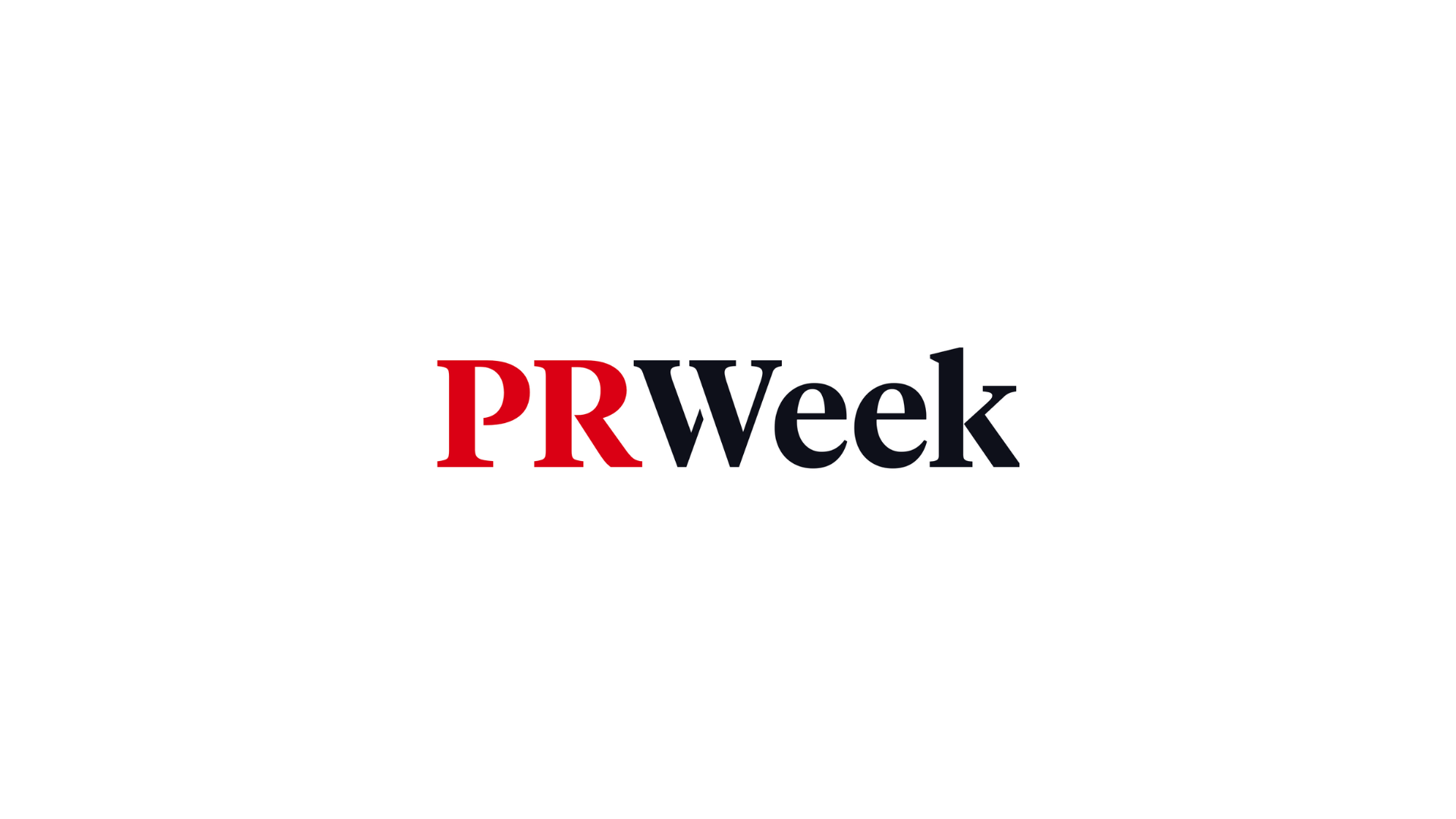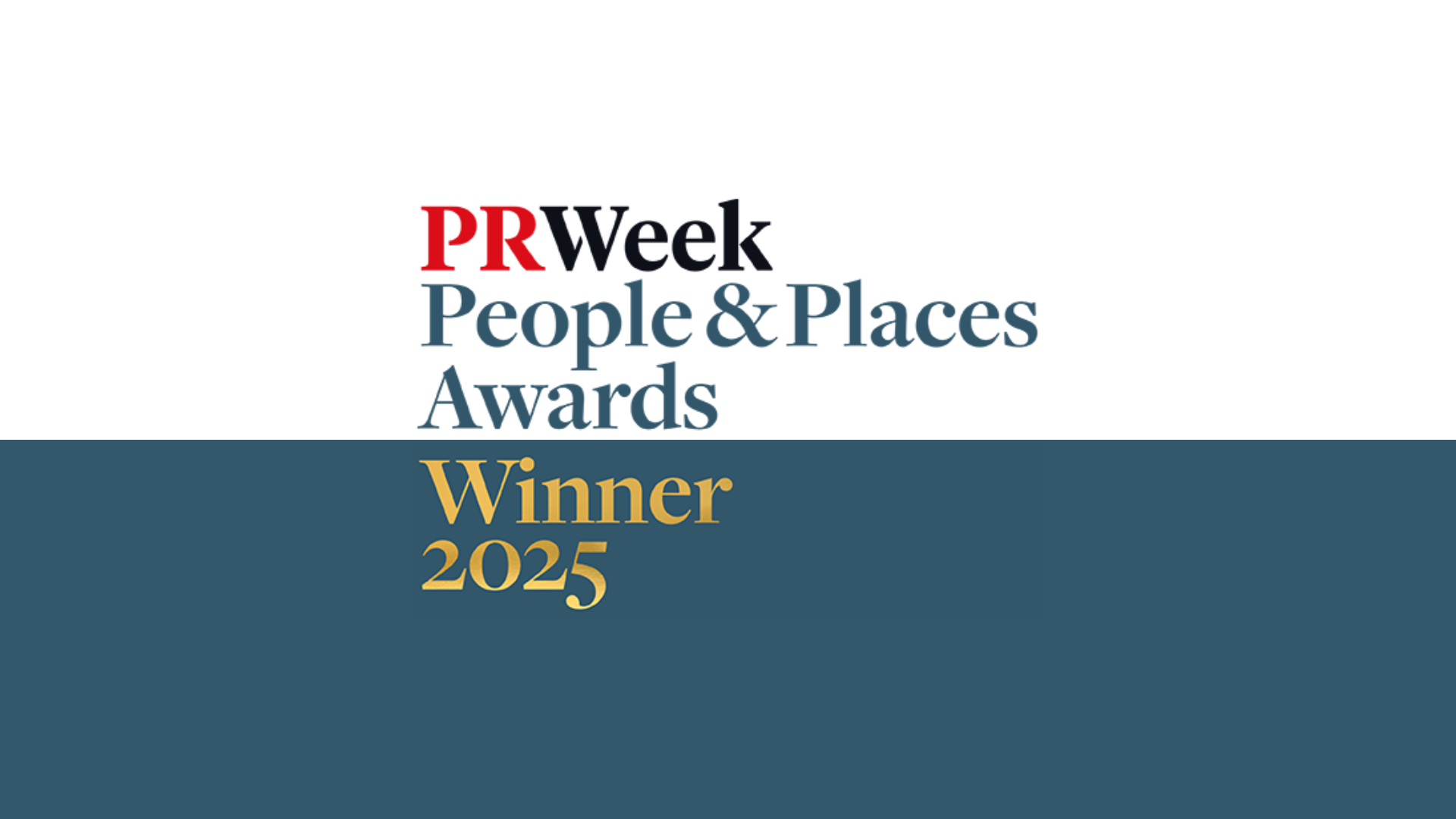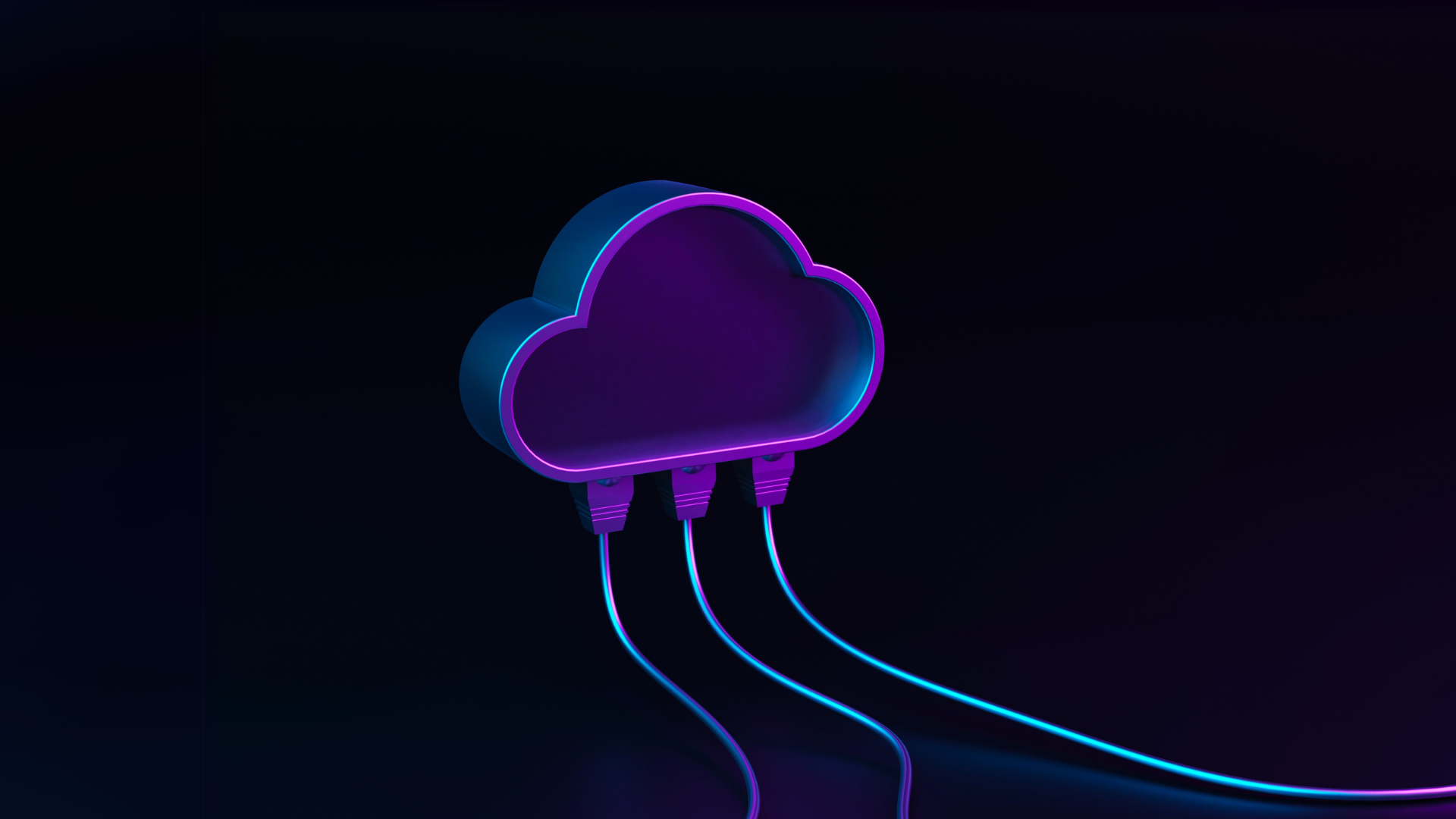As technology improved and cloud infrastructure became more common, XaaS has now expanded to offer a wide variety of capabilities across nearly every sector of technology. Now we have umbrella terms such as IaaS (infrastructure-as-a-service) and PaaS (platform-as-a-service) as well as more niche titles: BaaS (banking-as-a-service) and DRaaS (disaster recovery-as-a-service).
The evolution of channel models
Historically, channel models were focused on a one-time purchase of hardware with additional maintenance when needed. This model meant a transactional relationship between vendor and customer, with minimal interaction once the sale was completed. Now we are seeing multi-year relationships between managed service providers (MSPs) and customers. The expectations have now evolved to where MSPs and channel partners are expected to provide bespoke packages of software, coupled with consistent support, training and customisation to meet the evolving needs of the customer. All their IT needs, as a service.
For customers, XaaS offers many benefits. Firstly, the subscription-based model provides businesses with access to software without the high up-front costs, instead at a predictable, fixed monthly fee. Secondly, the ability to adapt and scale the service allows customers to adjust the technology to meet their changing needs without the need for complex software changes and upgrades. Finally, being primarily cloud-based, XaaS can be available from anywhere in the world, essential for the hybrid world we now operate in.
This change in model shifts the priorities for customers and MSPs alike, with long-term customer relationships, training, and satisfaction being at the forefront of the relationship. MSPs need to adapt, investing in new skills and tools that enable efficient, ongoing service delivery and management. MSPs are also required to be more agile, customer-focused, and technically adept to stay competitive.
Challenges for MSPs in Adapting to XaaS
XaaS is, of course, not a perfect solution—it comes with some challenges for MSPs. Unlike the traditional one-time payment of the past, XaaS comes with a level of complexity when it comes to pricing and billing, as it is almost always a bespoke package. This becomes even more complicated when usage-based pricing is added to the mix. Customer support demands also increase significantly, and so account managers must fully understand their customers and be readily available for crisis resolution—especially with cybersecurity needs. MSPs need to regularly update and diversify their service portfolios to enhance both their value and differentiation from their competitors. This adds pressure to MSP teams to understand new technology at speed!
Now 25 years old, XaaS has become central to technology consumption. As the model continues to evolve, MSPs must be seen as advisors rather than merely salespersons, telling their customers what they need rather than just responding to requests. Emerging technologies, especially AI, promise to redefine service delivery, enabling faster response times and predictive maintenance—As part of fully embracing XaaS, MSPs need to fully understand these technologies to prevent being overtaken by them.
For the vendors that serve the MSP community, it’s about showcasing solidarity and being a true partner as MSPs evolve and begin to adopt emerging technologies that can change business models and service delivery. The vendors that can showcase their knowledge, experience and expertise in these areas, marketing their technology solutions for the industry to see, will be sure to gain from the opportunity that lies ahead.





